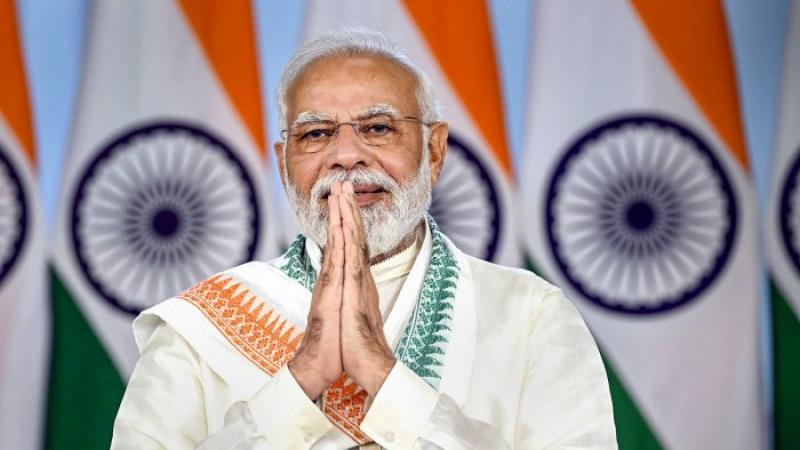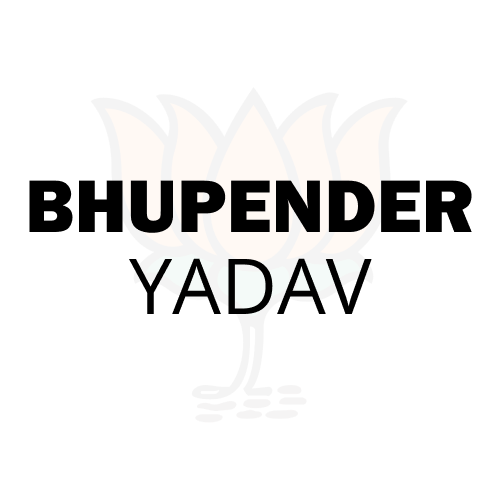
Budget 2023-24 unleashes Governance of Saturation
22/02/2023
BLOG
Recent years have been marked by global instability. While several developed nations undertook large-scale cash transfers to sustain their economies during the coronavirus pandemic, the Narendra Modi government exercised informed caution through targeted transfer of benefits to the marginalised. The outcomes are clear as day - India’s inflation has been invariably lower than in most major economies. Against this backdrop, India grew to be the fifth-largest and fastest-growing economy in the world - described as a “bright spot on a dark horizon” by the IMF. The main objective of this year’s Union Budget was to build on these gains and strengthen the foundation that sustains a stable India.
The principle of ‘antyodaya’, with no one left behind, was front and centre as India weathered global headwinds – the key to maintaining macro-stability was India’s micro-focus. While India was regaining her foothold, the Modi government ensured no one sleeps hungry and so 80 crore households were given free food grains. India undertook the world’s largest vaccination drive and crores were vaccinated for free; this was done while also exporting high-quality vaccines abroad. The government was with every Indian citizen in need, by ensuring easy access to ration through ‘One Nation One Ration Card’, provisions of health insurance, affordable medicines or through support to small businesses.
The Union Budget is a continuation of the same spirit that reflects a very clear intent of steering the nation towards Governance of Saturation, where the entire benefit of welfare scheme reaches the intended beneficiary and which covers all deserving beneficiaries within its ambit. By earmarking ‘Saptarishi’ priority areas, targeted efforts are being made to empower every citizen by providing green, sustainable growth. The PM Vulnerable Tribal Group Development Mission ensures last-mile delivery of benefits to the truly marginalised. They are assured of quality education, sanitation, and healthcare alongside opportunities to restart their livelihoods. The Aspirational Districts and Blocks programme has been extended to an additional 500 blocks allowing the government to reach those left bereft of support. Over 38,000 teachers are being recruited to impart quality education to 3.5 lakh tribal students at the Eklavya Model Residential Schools. Crores of houses for the needy continue to be built, with the PM Awas Yojana outlay being increased by a hefty 66%. The provision of free food grains to antyodaya households also continues for another year, with the Centre bearing the entire cost of Rs 2 lakh crore.
The budget has created history with the capital investment outlay standing to be the highest ever at Rs 10 lakh crore or 3.3% of the GDP. The step promises to be a key driver of economic growth and the catalyst in transforming India into an advanced economy by 2047. South Korea is living proof of this; having invested a total of 20% of its GDP over two decades, the country has transformed itself from an agrarian economy to an industrialised nation. We are on a journey to a developed India – the transport sector was further bolstered, with Railways receiving its highest-ever outlay of Rs 2.40 lakh crore. India’s logistical capabilities continue to expand with an additional target of 50 airports, heliports and water aerodromes set to be fulfilled in 2023.
In PM Modi’s vision of India, the youth are the architects of Amrit Kaal, the real change-makers of today. The budget thus places an even greater emphasis on educating and skilling India’s growth ambassadors. PM Kaushal Vikas Yojana 4.0 is aimed at augmenting the capabilities of our youth in new-age, in-demand skills such as coding, robotics, 3D printing and drone technology. Moreover, 30 Skill India International Centres and 3 Centres of Excellence will be established to further our Artificial Intelligence capabilities. The future is rooted in modern technology, and the future is India as the skill capital of the world.
Each one of these initiatives, be it in infrastructure development, skilling, or welfare support provides a life of dignity to people. The Budget further supports Indians, especially our farmers, the self-employed, and those seeking employment through concessional credit, financial assistance, and integration into larger MSME value chains- alongside an increased focus on the adoption of new technology that not only increases output but also increases the value received for their products. PM VIKAS and sector-specific training for the Dekho Apna Desh initiative place the focus on re-skilling and allowing individuals to re-enter their fields more capable, thereby obtaining even better opportunities.
The budget’s estimated allocation for MNREGA is being talked in various quarters. However, it may be worthwhile to note that the outlay is considerably higher than allocations made before 2014, even after being adjusted for inflation. The programme is demand-driven and allocations are made as per current market trends.
Union Budget 2023, in more ways than one, nurtures farmers, self-reliant youth, the marginalised and the needy, and India’s hard-working middle class. The tax structure has been given a makeover; making it streamlined by reducing the tax slabs. Moreover, under the new tax regime, individuals who earn less than Rs 7 lakh per annum do not need to pay taxes with the revised threshold limits for rebates.
The Modi government has thus not only created an ecosystem where the honest are honoured but has exercised these beliefs in all aspects of policy implementation. The government has created a framework devoid of leakages through internationally lauded Direct Benefit Transfer mechanism.
The most defining feature of the Modi government is its commitment to scale- be it through the astounding magnitude of bank accounts opened under the Jan Dhan drive or the longest continuous construction of India’s national highways that broke all world records. As many as 3.5 crore of our countrymen are now living in a pucca houses for the first time. Another 11 crore households now have toilets. In PM Modi’s India, every household is assured piped water, electricity, and an LPG gas connection. India has demonstrated that it is not only the fastest-growing but fastest-developing nation. The first budget of Amrit Kaal builds on our past achievements and provides the inspiration for fuelling aspirations - it lays a strong foundation for a Developed India@2047.
